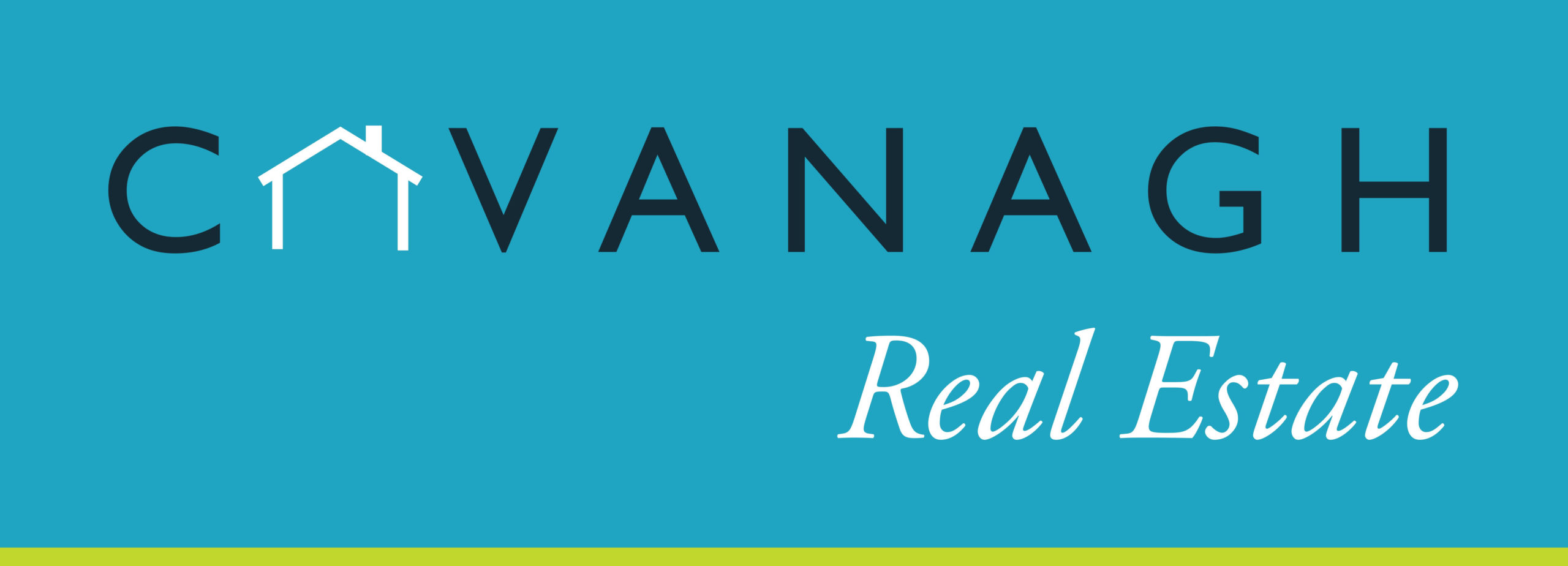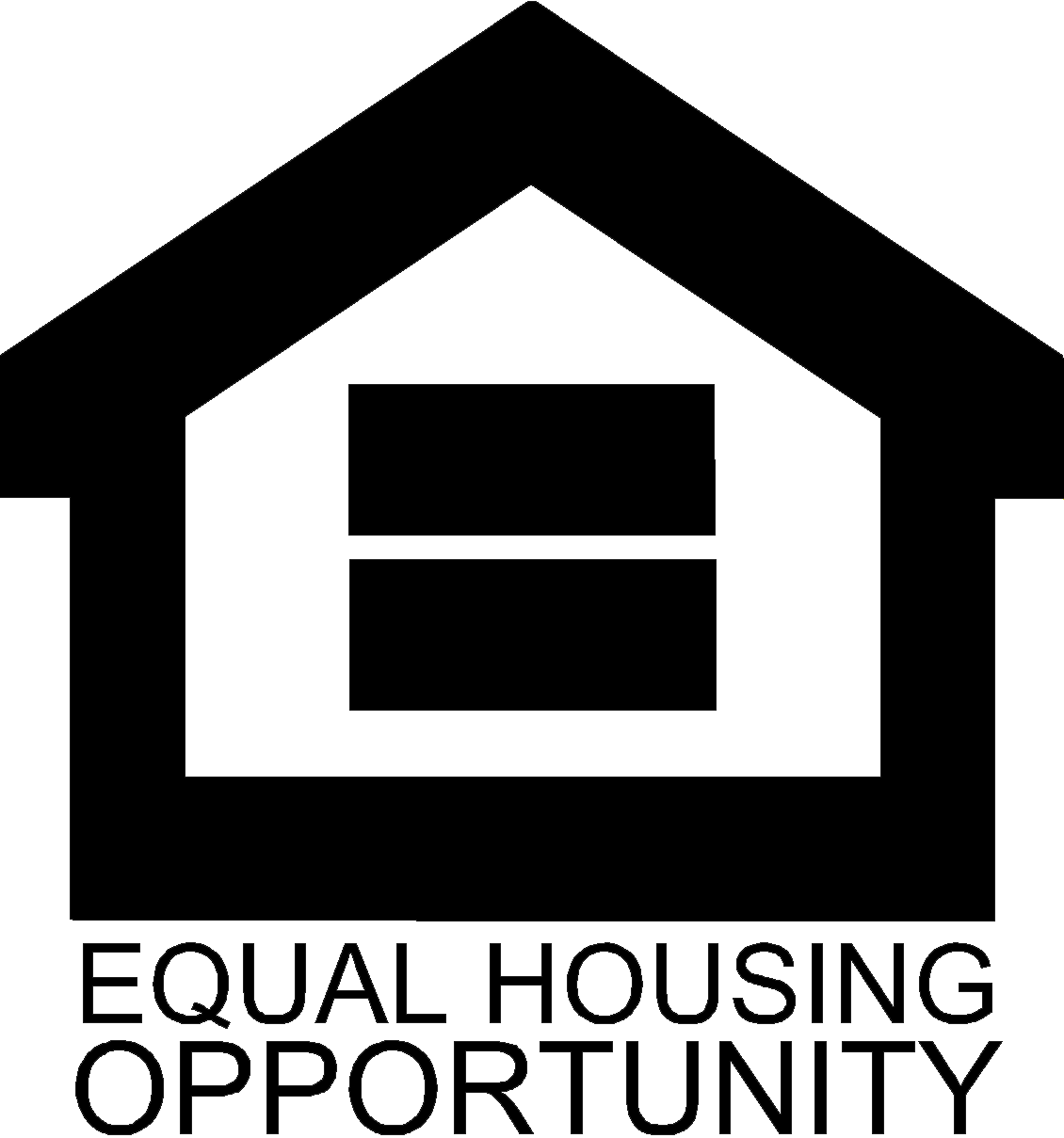As a buyer it is a relatively easy process to determine how much you can afford in terms of a monthly mortgage. You can follow a few simple steps in order to calculate what a potential lender is likely to allow you to borrow.
The first step is to calculate your gross monthly income. Keep in mind that this means income that is recurring, documented and reported to the IRS. If the income does not appear on your tax return, it can not be counted. This includes base salary, commissons, bonuses, overtime, child support, and alimony.
If you are self employed it means the income you report on line 33 – Adjusted Gross Income – of your tax return, after business expenses have been deducted. There are many instances when self employed people will cite their gross income as a basis for their mortgage calculation, but it is only the net income that counts.
The next step is to calculate your monthly debt obligations, such as credit card payments, car loans, student loans, installment loans, child support and alimony.
Your monthly housing expenses will including principal and interest, taxes, homeowners insurance, mortgage insurance – if you are putting leass than 20% down -and condominium or homeowner association fees if applicable.
Now that you have your quailfled monthly income and monthly debt calculated, it is a matter of appling two ratios to those numbers to come up with an affordale monthly payment.
Most lenders will want you to allocate no more than 28% of your income to your housing payment, and will limit your total income to debt ratio at 36%.
Assuming a $60,000 yearly quailfying income, $5,000 per month, a conservative monthly housing expenditure would be $1,400 (.28 x 5,000). The maximum debt ratio of 36% would come to $1,800 per month (.36 x $5,000).
These ratios can be flexible, subject to vaiables such as credit score, down payment, and loan program guidelines, but serve as a conservative gauge of your purchasing power.
Wallingford PA Real Estate – Wallingford, PA 19086


